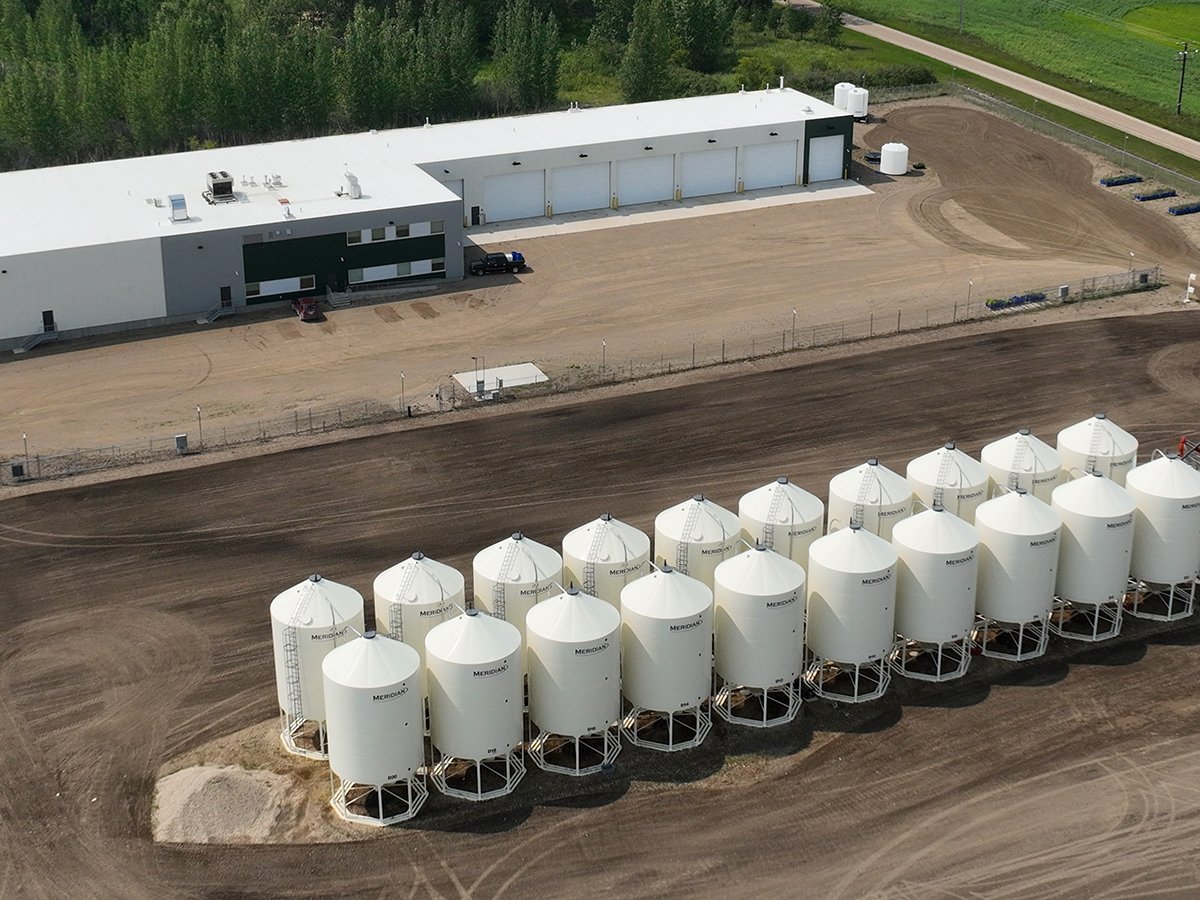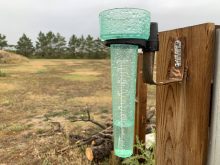MOOSE JAW – A report due in the new year predicts longer, warmer summers and shorter winters for prairie residents, according to one of the authors.
The national assessment of climate change is based on more than 3,000 scientific studies and includes chapters on Canada’s regions written by more than 145 scientists.
Dave Sauchyn, of the Prairie Adaptation Research Collaborative, and Suren Kulshreshtha from the University of Saskatchewan, are the lead authors for the chapter focusing on the Prairies.
“The Prairies are warming faster than the rest of the world,” Sauchyn told Saskatchewan irrigators at their recent conference.
Read Also

Saskatchewan firm aims to fix soil with compost pellets
In his business, Humaterra, Leon Pratchler is helping farmers maximize yields in the weakest areas of their fields through the use of a compost pellet.
Models show that temperatures of -40 C could be a thing of the past and nights will be warmer.
These changes could lead to opportunities to cut costs and increase economic development, he said.
But the scientific modelling also shows more precipitation.
“The real kicker is in monthly distribution,” Sauchyn said.
There will likely be more rain and snow in the winter and the spring.
“Half or more of the models are suggesting that actual precipitation could be less in summer than it is now,” he said.
More winter and spring precipitation will also alter flows into Lake Diefenbaker, delivering more water at times when irrigators don’t need it.
Summer droughts could become more frequent and pronounced. Sauchyn said 30 days without rain typically only occurs about once every 50 years but by 2070, people should expect that to happen once every 18 years.
Much of his research in the last 20 years has involved examining tree rings. He has found trees, still living, as old as 800. Other trees he examined have been dead for between 100 and 200 years but lived for at least 800 years.
In a cold place, like the Canadian Prairies, the size of tree rings depends on how much heat they received. In dry places, the size of the rings is related to the amount of rain that fell on the trees each year.
Data from 110 locations has provided Sauchyn and his team with information they can use to reconstruct climate history.
For example, there are 750-year-old fir trees just outside Calgary. When Sauchyn compared tree rings from a wood sample with the weather data, there was a “pretty close” relationship to the worst drought the tree had experienced in the 1920s and 1930s.
“We’re able to plot wet years and dry years for Calgary back to 1341,” Sauchyn said. “The trees say the drought of the ’20s and ’30s was actually not very bad.”
Other information, such as accounts kept by early explorers, matches tree ring data. In 1796, one of the worst droughts resulted in a dry North Saskatchewan River at Edmonton. Both an account that the river couldn’t support a canoe and the tree rings confirm the event.
Sauchyn added that the information also shows that the 20th century was a pretty good time to settle the Prairies because the climate was relatively stable.
Now, however, people have to learn to cope with the changes that are coming.
World temperature data from 2006 shows the places warming up quickest were the Canadian Arctic and Prairies.
Sauchyn was among the 4,000 scientists on the Intergovernmental Panel on Climate Change who recently shared the Nobel Peace Prize with American Al Gore. Sauchyn noted the earth’s warming is occurring almost exactly as models have predicted.
And while scientists can’t say with absolute certainty, they agree that most of the temperature increase is likely due to humans.
“Warming would continue for centuries even if greenhouse gas concentrations ended today,” Sauchyn said.
While people would like warmer winters, he said they should realize the advantages of cold winters. Pests like pine beetles that devastate forests and diseases like West Nile virus can be controlled by the cold.
The prairie winter’s biggest advantage is snow. More precipitation could come as rain, but water is harder to manage than snow, Sauchyn said.















